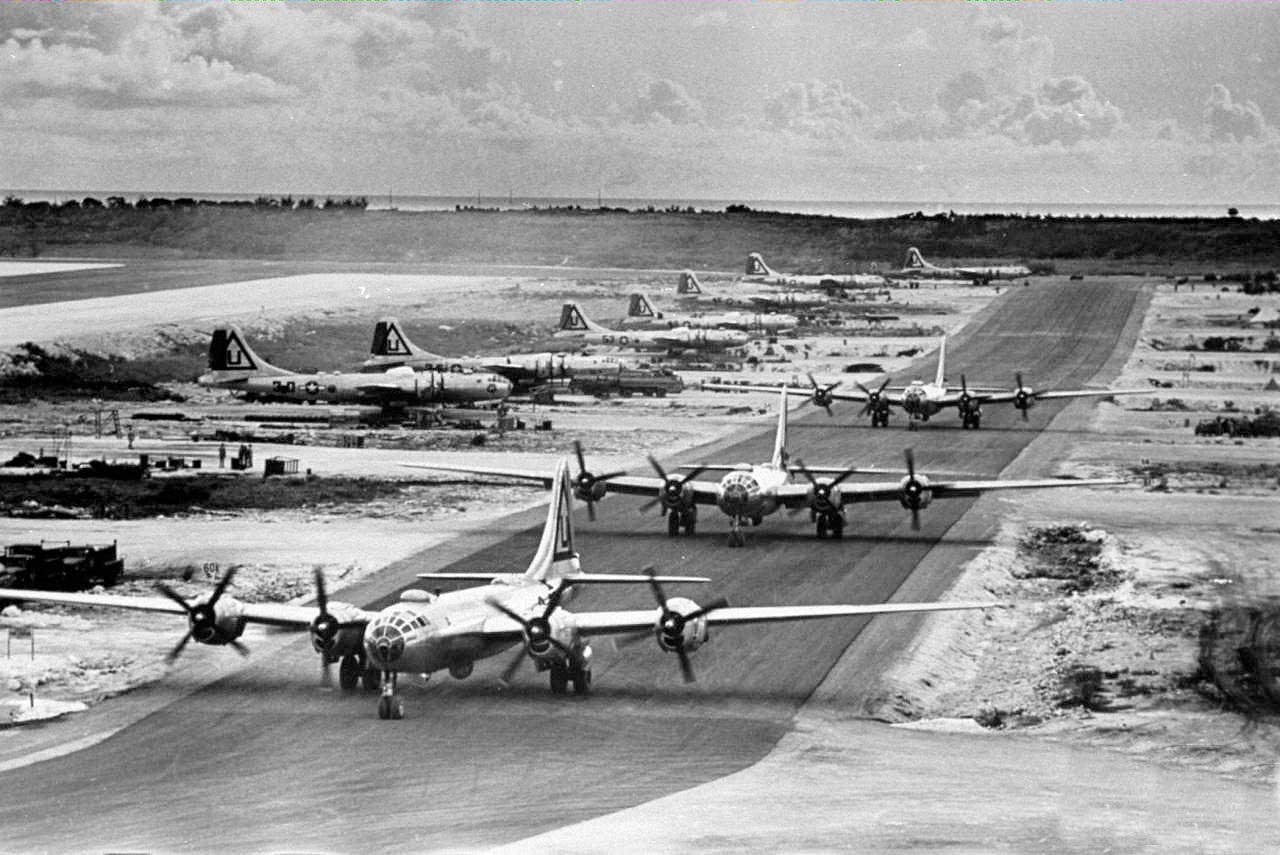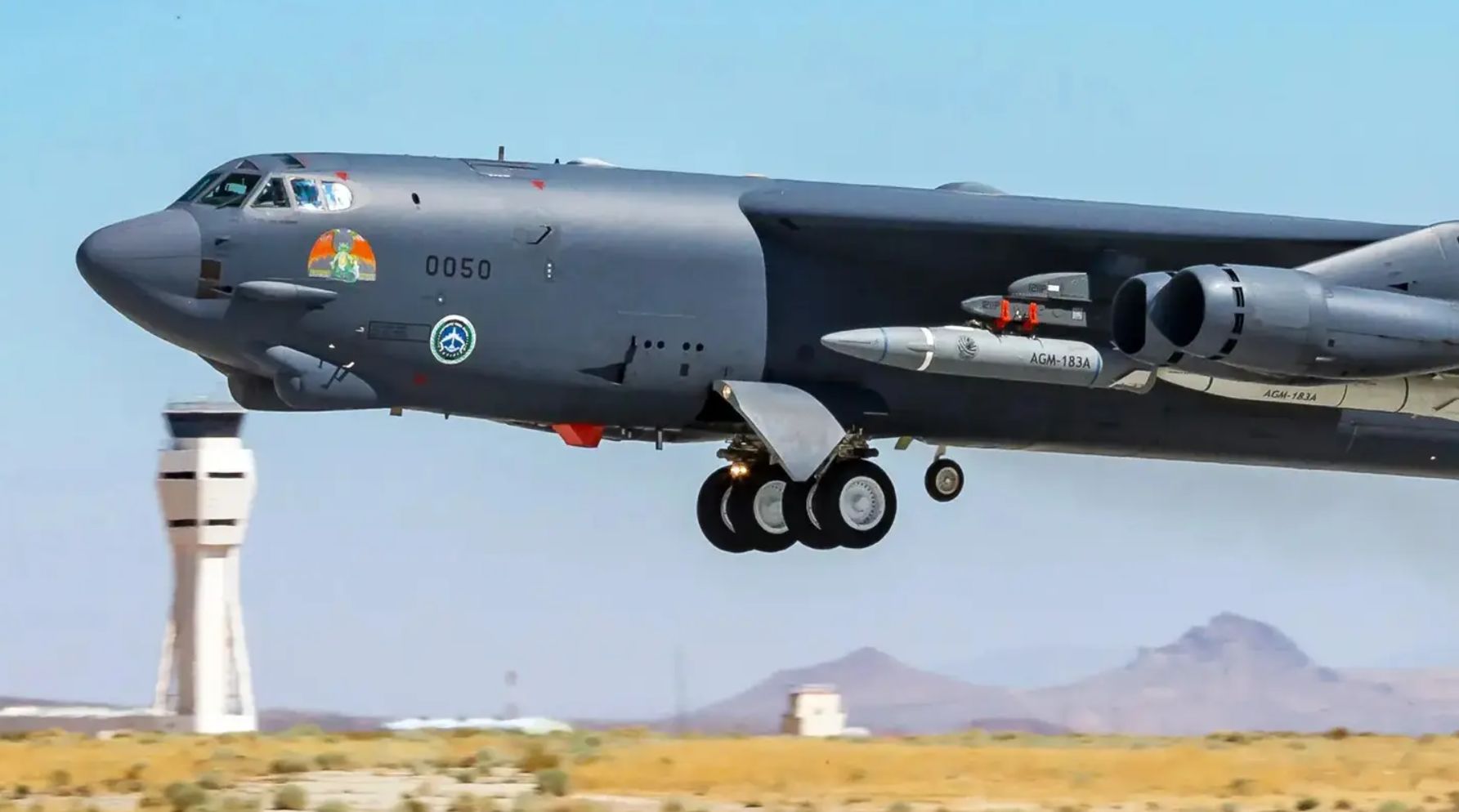Ashish Dangwal
The US military is poised to achieve significant progress in restoring a World War II-era airfield on the Pacific island of Tinian in the coming months.
US Air Force General Kenneth Wilsbach shared this development in a discussion with Asia Nikkei, revealing that the military branch is increasing construction efforts at Tinian North Airfield and Tinian International Airfield.
This effort is a crucial component of a broader initiative to disperse aircraft strategically across the Indo-Pacific region, responding to the escalating missile threat posed by China.
“If you pay attention in the next few months, you will see significant progress, especially at Tinian North,” Wilsbach said. During World War II, the Tinian North Airfield served as the operational base for the largest B-29 bomber fleet.
Describing the airfield as having extensive pavement hidden beneath an overgrown jungle, he revealed plans to clear the jungle between now and summertime. The goal is to transform the site into a comprehensive facility upon completion.

B-29s line the taxiways at North Field.
Tinian, positioned approximately 200 kilometers north of Guam within the Northern Mariana Islands, is undergoing a revitalization in line with the US Air Force’s operational strategy, Agile Combat Employment.
This strategic approach, a departure from post-Cold War era tactics, involves deliberately relocating aircraft to various sites across the western Pacific. The primary goal is to mitigate vulnerability to potential enemy missile strikes during periods of crisis.
As documents released in March revealed, as part of the Air Force’s 2024 budget request, several projects are outlined for Tinian, seeking a budget allocation of US$78 million for the fiscal year.
Among these projects is an airfield development initiative encompassing the demolition of World War II-era airfield pavements, clearing and leveling surfaces, and installing drainage, utilities, and secure fencing.
Another project focuses on establishing a fuel-pipeline system involving the installation of storage tanks, pipes, and safety equipment to facilitate fuel unloading from ships for transport to the airfield via pipeline and truck.
Additionally, a parking-apron project is detailed, which aims to pave areas designated for aircraft parking and taxiways. The taxiways must adhere to the Pentagon’s standards for ground control operations for large-frame aircraft, as specified in the documents.
The proposed apron size would accommodate up to 12 KC-135 and KC-46 tanker aircraft and the necessary fueling equipment.
Importance Of Tinian Island
Tinian currently houses one international airfield, while Tinian North Airfield, once the most extensive B-29 base during World War II, lies largely concealed by jungle growth. However, the runways and taxiways remain intact.
Tinian was captured from Japanese control by US forces in the summer of 1944, toward the end of World War II. The northern expanse of the island hosted a substantial and historically momentous airfield, famously recognized as North Field.
This airfield played a crucial role in Operation Silverplate, serving as the departure point for two specially modified B-29 bombers on separate sorties, marking the sole operational use of nuclear weapons to date.
Beyond these historic missions, North Field was instrumental as the launch site for many bomber and reconnaissance flights conducted over Japan and across the Western Pacific during the latter phases of the war.
In the aftermath of World War II, the airfield witnessed a substantial deterioration in maintenance, resulting in the decline of its expansive parallel runways, aprons, and supporting infrastructure.
West Field has evolved into Tinian International Airport, boasting one operational runway, while North Field has fallen out of use and is no longer functional. However, it continued to function as an austere airfield, maintaining the capacity to host tactical transports such as C-130s for training purposes.

Image for Representation: B-52H Bomber
The US Air Force is now intensifying its endeavors to enhance the airfield’s capabilities to accommodate fighter jets, bombers, and significant support aircraft. These expanded capabilities align with the standards commonly met by the nearby Andersen Air Force Base on Guam.
However, the US believes that if Andersen Air Force Base faces disruption due to enemy actions, notably those from China, or natural disasters, this facility on Tinian would be crucial in ensuring continuity and resilience in US military operations in the Pacific region.
No comments:
Post a Comment